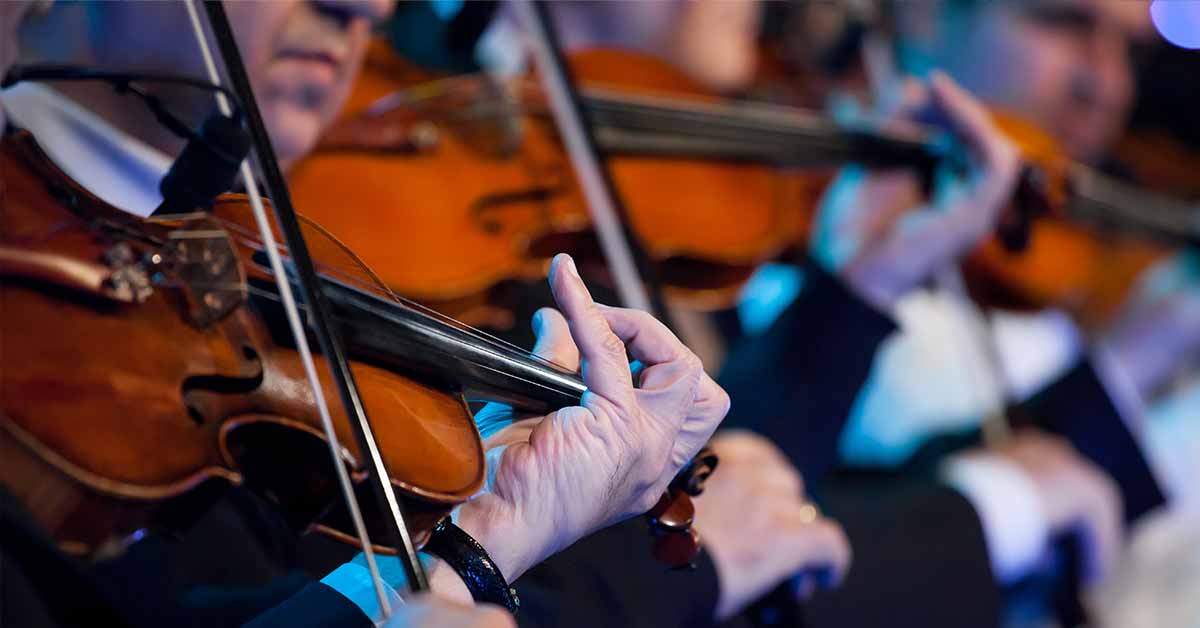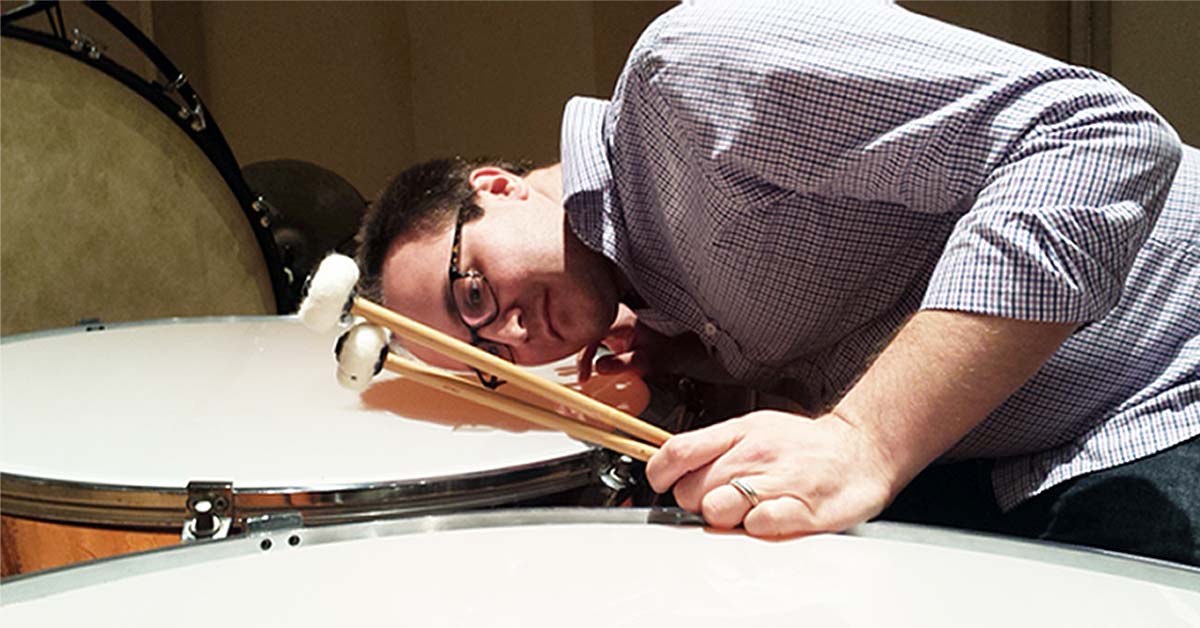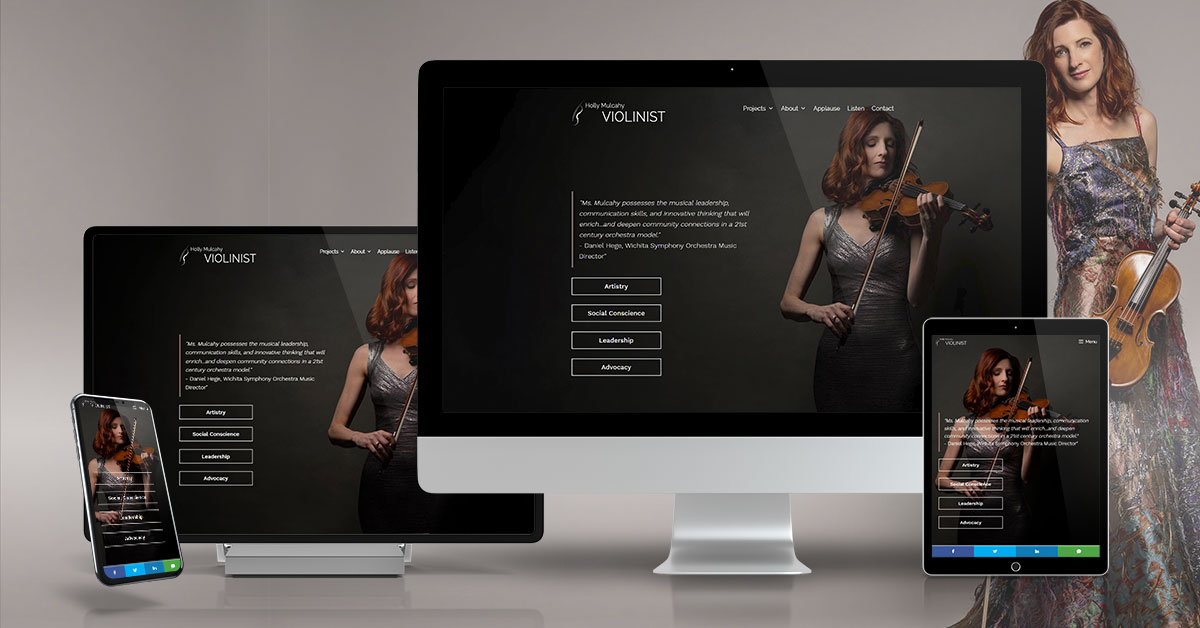When pet care publisher Herbert Axelrod approached the New Jersey Symphony in 2002 to see about selling his personal collection of string instruments from the “Golden Age” of Italian string makers, the orchestra considered it a momentous event. Unfortunately, it wasn’t bound to be momentous for the reasons they had hoped.
If all of this is new to you, here’s what has happened so far:
- In 2002, Herbert Axelrod approached officials from the New Jersey Symphony and offered to sell the orchestra his 30 piece collection of “Golden Age” string instruments, which include a dozen from Stradivarius, three from Guarneri, and one from Amati. Axelrod was asking $25 million dollars for the entire collection, half of the $50 million he claimed the instruments were worth.
- In January of 2003, the orchestra had barely raised a fraction of the money needed to purchase the instruments, so Axelrod lowered the price to $18 million and extended the orchestra’s deadline to raise the funds. Axelrod prodded the orchestra by telling them that there were other European orchestras interested in the collection if they didn’t come up with the money soon.
- Several weeks later, the orchestra finally pulls together the money, consisting of three loans and grants, some of which came from the New Jersey state government. Less than $500,000 of that $18 million was actually raised for the purchase of the instruments.
- The orchestra takes possession of the instruments and it’s hailed as the greatest event in the orchestra’s history as well an executive coup to secure these instruments for less than half of the stated value.
- Over a year passes and then in May, 2004, Axelrod is indicted on federal charges of tax evasion and flees the United States to Havana.
- Dozens of articles appear in the press detailing the transaction and officials from the New Jersey Symphony begin to give contradicting statements as to what they thought the instruments were really worth. But even so, all of those estimates are well below Axelrod’s assessment of $50 million.
- In early of May 2004, the Senate Finance Committee, led by chairman, Senator Charles E. Grassley (R) Iowa, opens an investigation into the matter under the suspicion that Axelrod used the donation to intentionally defraud the United States Government.
So why did Axelrod sell off his collection for such a low price even though there were “European orchestras” interested in the collection? As it turns out, the whole thing was a scam, brought about by Axelrod’s trouble with his business and the IRS. His problems began in 2000 when the company which purchased his pet care publishing business, Central Garden, filed a federal lawsuit against him on grounds of fraud. Central Garden claims to have discovered a mountain of evidence that incriminates Axelrod on a host of charges centered on deceiving the Federal government. That lawsuit garnered the attention of Federal prosecutors as then IRS became involved.
At that point, Axelrod must have started to see the writing on the wall because he began liquidating all of his assets and moving those to offshore and Swiss bank accounts. Included in those assets was his collection of rare string instruments. Assuming that Axelrod figured he had nothing to loose, he took the $32 million difference between what the NJSO paid for the instruments ($18 million) and what he claimed they were worth ($50 million) as a tax deduction.
The Senate Finance Committee is using the Axelrod donation as the centerpiece for their larger investigation into what they assert is a widespread abuse of the U.S. tax code. Senator Grassley claims many wealthy donors find appraisers to inflate the value of gifts – such as land, buildings, pieces of art, and violins – then sell those gifts to non profit organizations and then use the difference between the apprised value and the selling price as a charitable donation. A donation which they then use as a deduction on their taxes; so what happens once the dust settles is the wealthy donors typically make back their money they initially spent on the gift and get a massive tax write off to boot. It’s a classic case of “the rich getting richer” at its worst.
This is where Axelrod’s con game will begin to have a number of long ranging negative effects on orchestras in particular and non profit organizations in general:
- The federal government may very well confiscate the Axelrod instruments from the New Jersey Symphony, even if it’s only for a temporary period, as evidence in the federal case against Axelrod. The worst case scenario is that they would confiscate the instruments permanently as payment for Axelrod’s debts if they determine they were sold illegally in some fashion.
- Because of the increased federal attention on this subject, genuine donors are going to reconsider making any large donations in fear that it will draw unwanted attention from the IRS. Meanwhile, dishonest tycoons will simply find another loophole to step through and continue to defraud the tax code.
- Lawmakers may very well amend the tax code to reduce or eliminate many types of gifts donated to non profits.
- Since most orchestras rely heavily on individual large gifts from wealthy benefactors, any overall reduction of those gifts will cause the severe financial difficulties many orchestras are going through to become worse.
This situation also shines some light on an old problem in the non profit industry: many orchestral organizations are incapable or unwilling to insure the legitimacy of large donations. The phrase “if it’s too good to be true…it is” doesn’t seem to apply to orchestras, but they are going to have to learn to tactfully apply the old Russian proverb: “Doveryai no Proveryai.” which when translated means “trust but verify”. If they don’t, it will only perpetuate the negative stereotype that orchestras are financially irresponsible and administrative amateurs.
Another negative consequence top the orchestra industry is how this deal will shake the foundations of what is considered good management. The NJSO executive director throughout the Axelrod deal was Lawrence Tamburri, who has since moved on to become the executive leader of the Pittsburgh Symphony Orchestra, a big step up from New Jersey. When the PSO board announced they offered the job to Tamburri a few months ago, the attributes they stated were mainly his fund raising skills and the string collection purchase from Axelrod. But now that the details of the deal have come out, it shows that what was perceived as an undisputed executive triumph in the industry is now only the result of a scam.
Tamburri hasn’t offered any comment on the situation since the story began a few weeks ago and my calls to his office went unanswered. Unfortunately, that only leaves more questions than answers. But those answers are sure to be forthcoming as Senator Grassley and the IRS revenue collectors start asking the questions.











Fascinating article. Thanks.
You’re very welcome although it’s worth pointing out for anyone coming across this article to note that the original publication date (May 10, 2004). For whatever reason, it fell through the cracks when transferring all of these articles over from The Partial Observer archives (where it was originally published). As such, even though it went “live” here at Neo Classical on 12/28/2015, it is just over a decade old 🙂
Ah…gotcha.
Thanks for posting this amazing story. First, no professional string player would consider spending major bucks on an instrument without an independent appraisal. Second, why is an orchestra spending money like this? Accepting donated instruments is great. But a purchase of that size….I’m surprised that this was at the top of their wish list.
The lack of independent appraisal became a central element in the NJSO’s subsequent internal investigation into the purchase but in the end, it was relegated to “live-and-learn” status. On a related point, you’ll find information that includes a conversation then NJSO CEO Lawrence Tamburri had with now retired dealer Charles Beare. That meeting could have produced a very different outcome but it wasn’t meant to be.
And it isn’t unusual for orchestras to purchase one or more rare string instruments in the six and seven figures range for use by key string musicians and for investment purposes, but it certainly isn’t done on a scale that the NJSO attempted. That was part of what the NJSO hoped would help distinguish it from it’s larger budget peers in the Mid-Atlantic area. It will be interesting to see whether or not history repeats itself at a different ensemble at some point.